To Hoai is one of the greatest modern writers of Vietnam. He left behind a rich and diverse literary legacy, loved by many generations of readers. In the field of writing for children alone, it can be said that To Hoai is a leading writer. In his journey of more than seventy years of writing, he has given children special "gifts".
"Ink and Paper" is a collection of stories about daily life with the main characters being children, their lives and their spiritual world. After nearly a century, re-reading, the realistic, detailed and richly descriptive pages of writer To Hoai are reliable documents for us who want to learn about children's lives, about traditionaleducation of Vietnam in a time that, although not long ago, has faded.
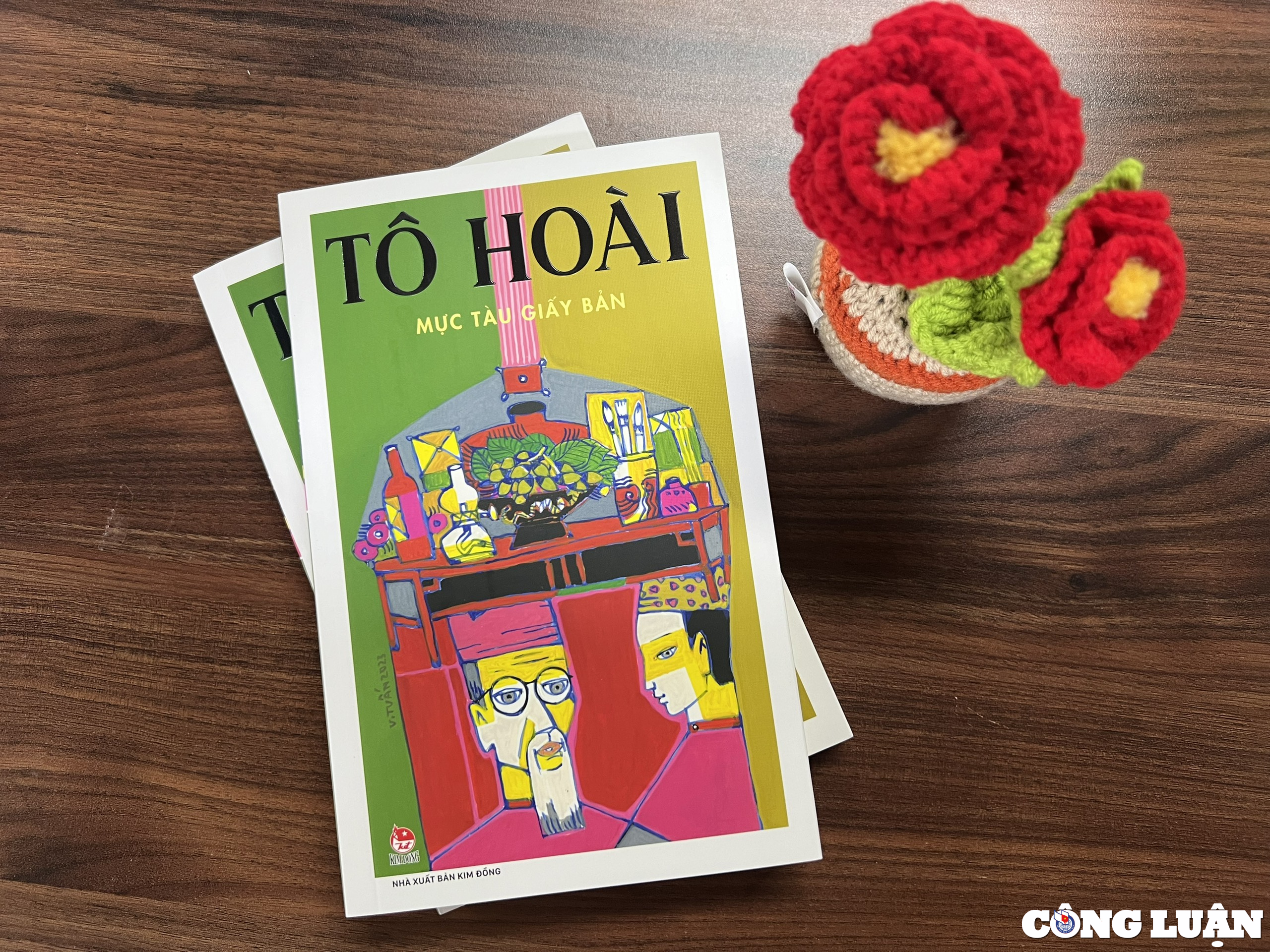
Kim Dong Publishing House launches the short story collection 'Ink on Paper'.
Considered a realistic writer, To Hoai often writes about daily life, social reality, people in general and children in particular. Like a diligent "secretary" of reality, works with children as characters and directed towards children from "Ink on Chinese Paper", to short stories "Ghe Dac Biet", "Talking About My Head", "U Tam", "Thang Nho"... although the level of expression and artistic effects are different, it is easy to see To Hoai's affectionate feelings for children.
How did the author portray the “school world ” before 1945, especially through “Chinese ink and paper”? It is difficult for readers of the 21st century to imagine the classrooms of teachers, Chinese characters, Chinese ink, paper, pens and inkstones, punishments for bad students… or the classrooms of Western schools, or the classrooms of the National Language Propagation Association.
The story "Ink and Paper" tells the story of Cang - a shy country boy, who spends all day hanging around "playing around" with geese, chickens, dogs, ducks, officially binding books, buying pens and ink to go to a teacher to "beg for a few words of the sage". However, things did not go as smoothly as his family expected. Many funny and sad stories happened in the class of teacher Bien.
To Hoai recorded that world with precious details in just a few dozen pages of the novel Ink on Chinese Paper, the student Cang appeared vividly as in a documentary about customs. From the way he dressed, the way he spoke, the rituals showed how a village teacher's class operated, typical of thousands of such classes in every Vietnamese village.
In addition to the teacher's classroom, the reader is allowed by To Hoai to observe the Western-era classrooms on the street, the National Language Propagation class held in the evening at the village communal house. "First is the devil, second is the spirit, third is the student" is not only true for today's students. Just read "Ghe Dac Biet", "Talking about my head"... and you will see that there is no shortage of tricks, from giving nicknames, skipping school together, eating sweets, playing marbles for money...

"Ink and Paper" was released to readers on the occasion of the 10th anniversary of the death of writer To Hoai, a testament to the fact that the literary legacy of writer To Hoai still shines with its value for today and tomorrow.
To Hoai before 1945 was not outside the literary life of the early 20th century. Besides the short stories describing reality, with short stories with the main character being a girl, To Hoai suddenly became unusually poetic, very close to the "Tu Luc Van Doan". Those were the female students in "Nguyet Ke Chuyen" or "La Thu Dong". But even in those short stories with petty bourgeois sentiments, To Hoai's sharp, detailed realistic pen was still a unique feature.
"Ink on Paper" was released to readers on the occasion of the 10th anniversary of the death of writer To Hoai, a testament to the fact that the literary legacy of writer To Hoai still shines with its value for today and tomorrow. Along with the book series of writer To Hoai with "Ink on Paper", Kim Dong Publishing House previously released the books: "Ten Years", "Hometown", "People's Hometown", "Giang Oo", "Chuyen De Quen", "La Thu Thu Dau Dau", "Nhung Ngay Dau", "Thanh Pho", "Guong Mat", "Con Nguoi", "Giu Van 36 Pho Phuong".
Source: https://www.congluan.vn/nha-xuat-ban-kim-dong-ra-mat-tap-truyen-ngan-muc-tau-giay-ban-post302222.html


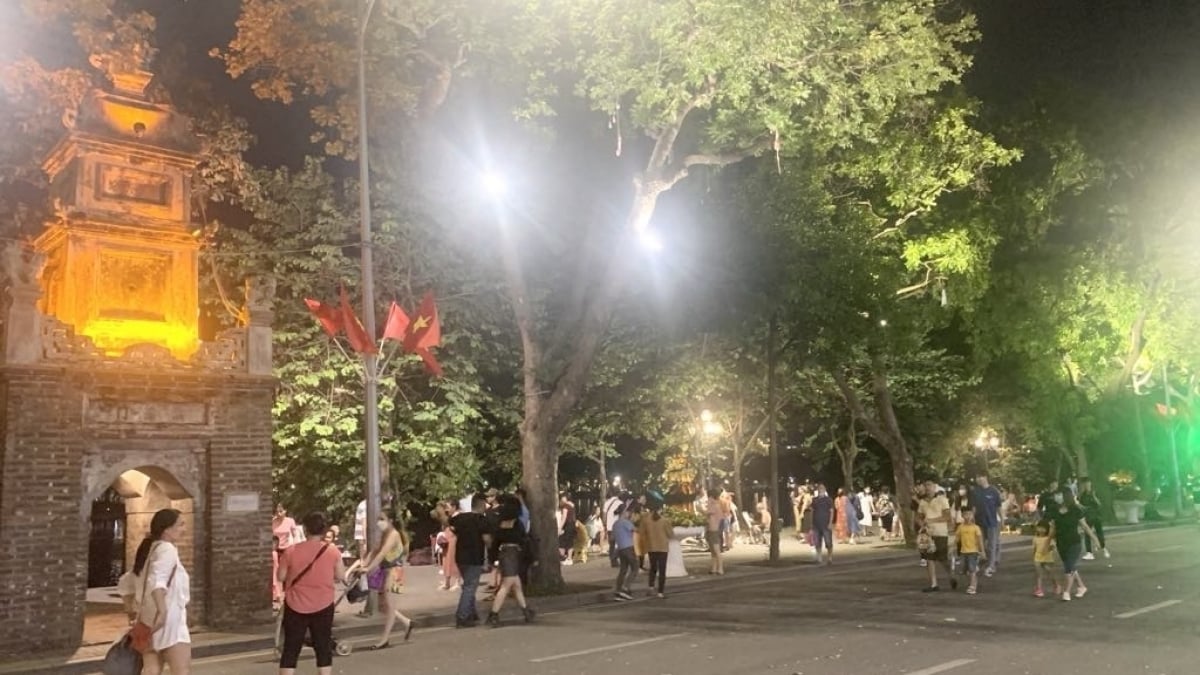

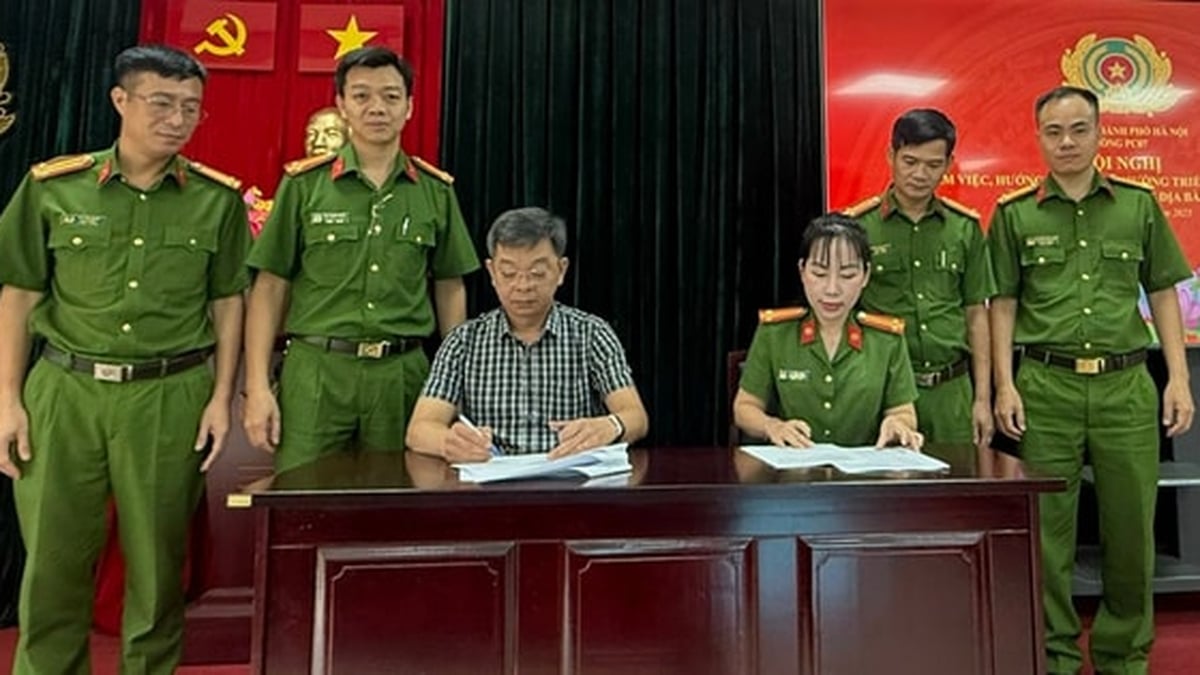



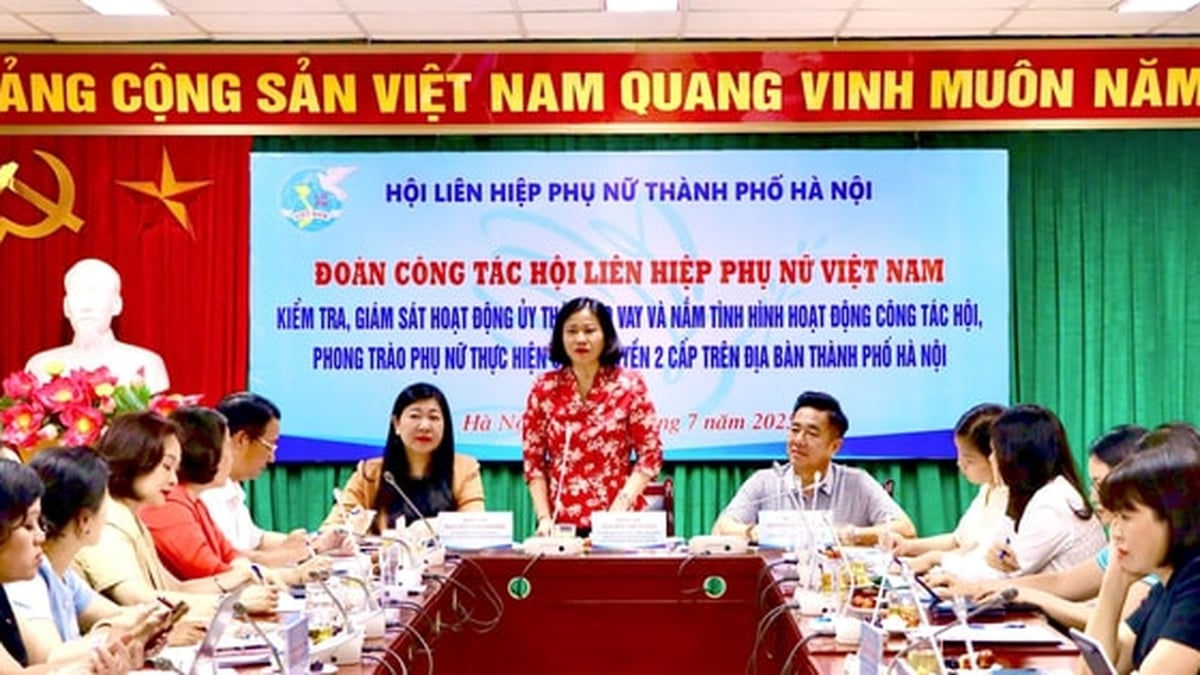

















![[Photo] National Assembly Chairman Tran Thanh Man visits Vietnamese Heroic Mother Ta Thi Tran](https://vphoto.vietnam.vn/thumb/1200x675/vietnam/resource/IMAGE/2025/7/20/765c0bd057dd44ad83ab89fe0255b783)



















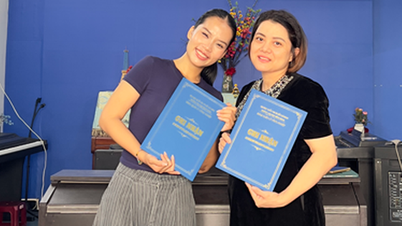

























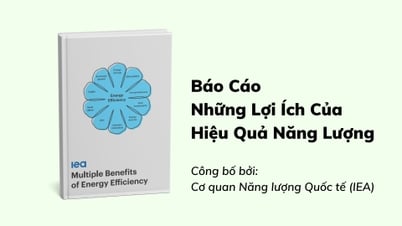


























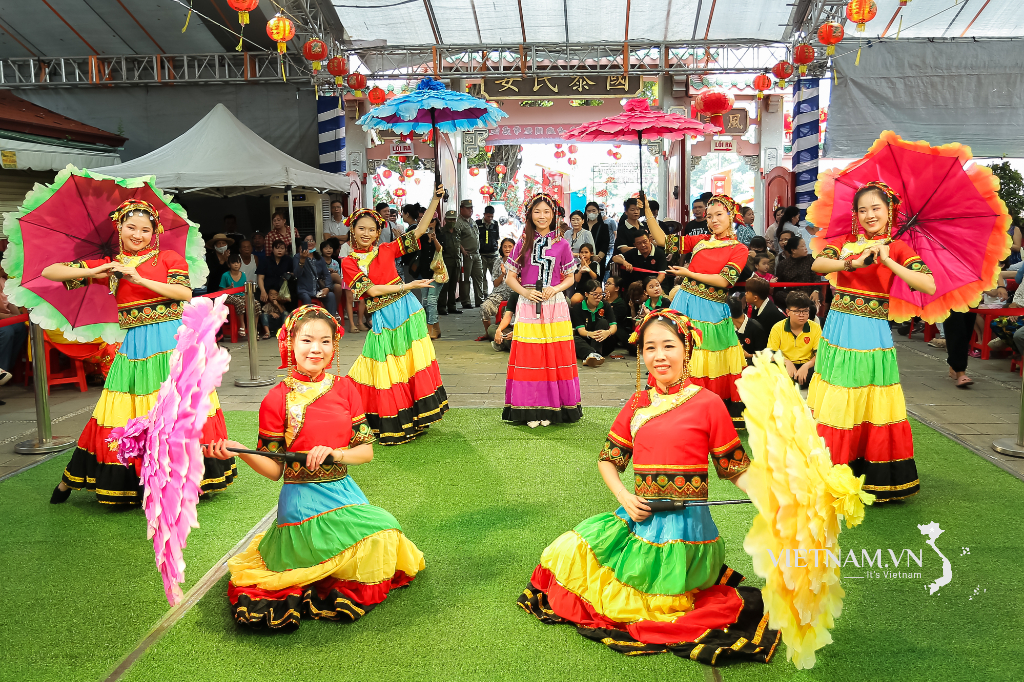


Comment (0)